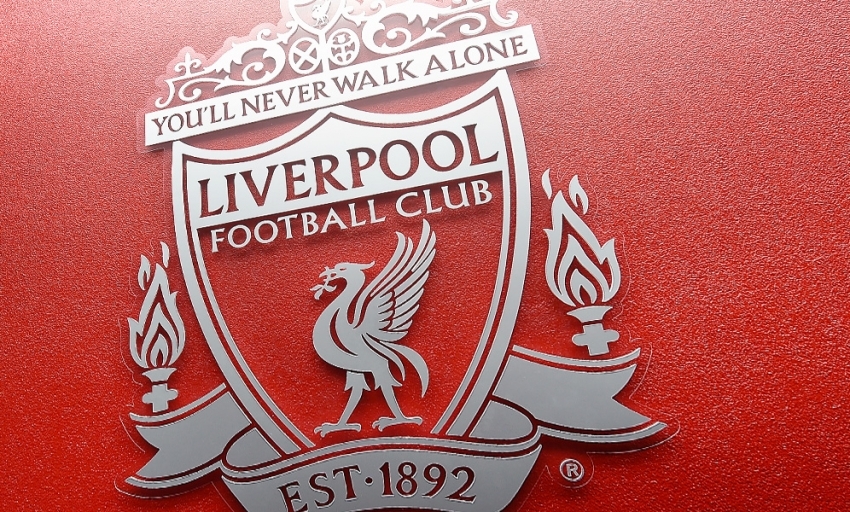Hillsborough inquests - December 4
The Hillsborough inquests commenced on March 31, 2014 and are the subject of reporting restrictions that have been imposed by the Attorney General's office. Liverpool Football Club is respectful of these restrictions and will therefore only be making available updates from other media channels for the duration of the inquest.

The report below - and the witness testimony contained within it - does not necessarily reflect the views of Liverpool FC. Please be aware that the reports on these pages will contain evidence about the day of the disaster which may be distressing.
To view archive reports from each day of the inquest hearings, click here.
Courtesy of the BBC - December 4
A senior ambulance officer has admitted failing to "properly assess" the unfolding disaster in front of him at Hillsborough.
Paul Eason also told the inquests he failed to alert the ambulance control room, despite being the "eyes and ears" of the service inside the stadium.
"Unfortunately, on this day, the eyes were blurred and the ears were blocked," he agreed.
Ninety-six Liverpool fans died following a crush on 15 April 1989.
On the day of the tragedy, Mr Eason and fellow station officer Patrick Higgins were positioned in one corner of Sheffield Wednesday's ground just before kick-off.
Three minutes later, at about 15:03, they noticed something happening on the Leppings Lane terraces and walked over to see what was going on.
A barrister representing some of the families described the walk as a 'leisurely stroll'.
Despite being in front of the pens, Mr Eason said he did not notice fans being crushed inside.
Asked if he heard screaming from the pens, he replied: "All I can remember hearing is a roaring noise."
Mr Eason agreed he "failed to properly assess the situation" on the Leppings Lane terraces at the FA Cup semi-final between Liverpool and Nottingham Forest.
He also accepted he "failed to declare a major emergency at the earliest opportunity", and "failed to relay all the relevant information to South Yorkshire Metropolitan Ambulance Service (SYMAS) control".
Asked whether he thought he adequately informed anyone of what was going on - so hospitals could be prepared - he said: "I think that the mistake that I made there was presuming that the control room would know what I was doing and would pass that information on.
"That was the mistake I made - I assumed they would understand what I was dealing with. Obviously they didn't. They couldn't be expected to."
Transcripts of conversations between ambulance control and police at 15:08 and 15:09 showed an officer asked for a "fleet of ambulances" and then "all the ambulances you have got available".
On both occasions, the controller replied: "We have got officers in the vicinity that can assess it."
Mark George QC, who represents a group of families who lost loved ones, asked Mr Eason if he agreed the initial ambulance service response was "a complete shambles".
"We had a delayed response," he replied.
The former station officer also accepted "partial responsibility" for failing to "organise and impose command-and-control from the outset".
The jury heard Mr Eason say that "under extreme circumstances, we all did the best that we could".
Mr Eason was also questioned by Jenni Richards QC, who represents Yorkshire Ambulance Service.
He agreed neither he nor the service had "anything to do with the actions and decisions that led to the severe overcrowding".
Ms Richards also said the SYMAS presence at the ground was "very modest" and included Mr Eason and three colleagues.
Asked whether "any amount of training, however good, could really have prepared" him for what happened, he said: "No. I have never experienced anything like it before or since."
The inquests, sitting in Warrington, continue.



